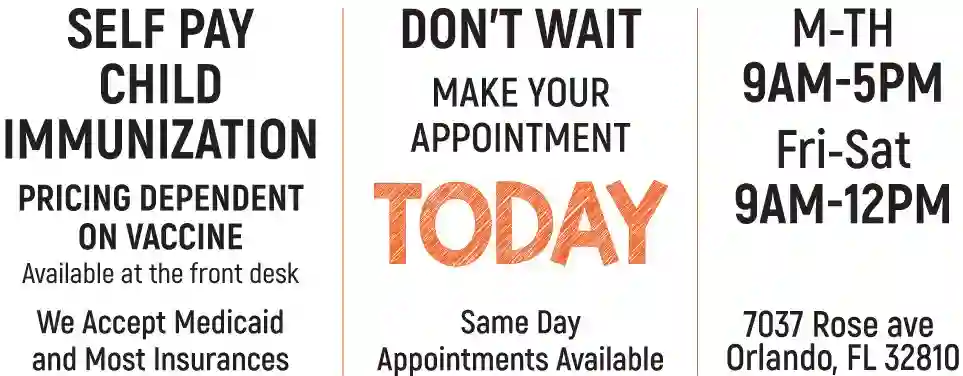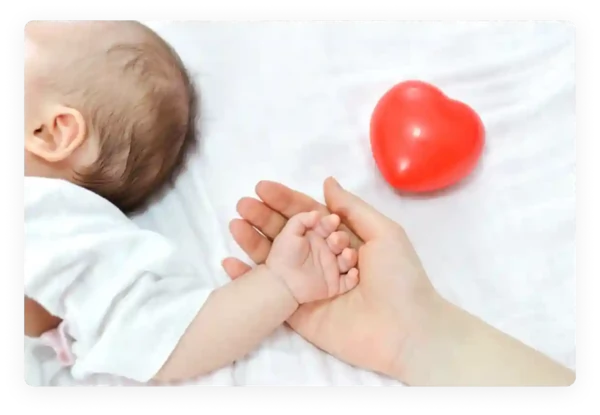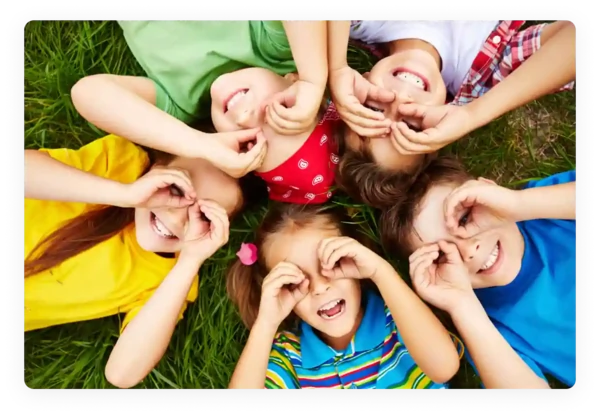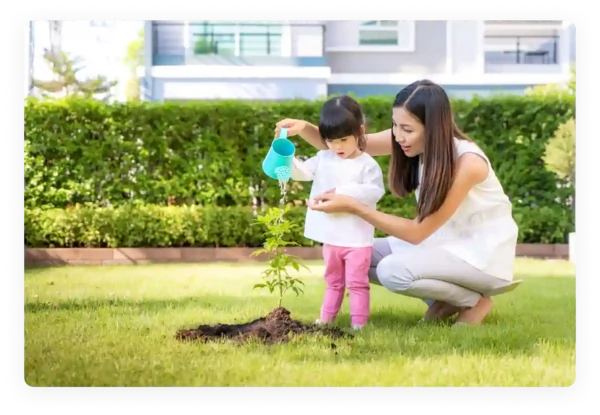Immunization Clinic In Orlando, FL
If you’re looking for a pediatric immunization schedule near you, look no further than Powers Pediatrics. We provide high-quality vaccines at an affordable price!. Please call us today to learn more about our services.

Benefits Of Immunization

Time table and Literature about Vaccines

Save your child’s life
Immunizations for children are one of the simplest, most effective ways to protect your child from potentially deadly diseases.
Immunizations work by protecting your child against infections caused by viruses and bacteria. Almost all immunizations are required for children entering school in the United States.

Vaccination is very safe and effective
There is a lot of misinformation out there about vaccine safety and efficacy. It is one of the safest and most effective ways to protect yourself and your family from disease.
Vaccines include materials that mimic viruses, bacteria, or other organisms which help the body build immunity against infections.
Vaccines for children are only given after a long and careful review by scientists, doctors, and healthcare professionals.

Protects others you care about
Immunizations not only protect the person getting the vaccine, but also help to protect those around them. This is called “herd immunity” and it helps to stop the spread of diseases.
The more people who are vaccinated against a disease, the harder it is for that disease to spread.

Save your family time and money
Immunizations are a critical part of preventive health care and can save your family time and money in the long run. They ultimately result in reduced doctor visits, fewer hospital stays, and lower overall health care costs.
The U.S. Centers for Disease Control and Prevention (CDC) estimates that immunizations will save American families more than $295 billion in direct costs over the course of their lifetimes.

Protects future generations
This involves an examination of the mouth, teeth, and gums, as well as a review of the dental history.
FAQs On Child Immunization
What does immunization mean?
Immunization is the process whereby a person is made immune or resistant to an infectious disease, typically by the administration of a vaccine.
Vaccines stimulate the body's own immune system to protect the person against subsequent infection or disease. By producing immunity against a disease, vaccines help keep people healthy and prevent unnecessary suffering.
The World Health Organization (WHO) recommends that all children should be vaccinated against at least 12 diseases by the age of two years.
What is the difference between vaccination and immunization?
Immunization is the umbrella term that refers to all the ways in which we can protect ourselves from infectious diseases. This includes naturally acquired immunity, artificial immunity (vaccination), and passive immunity.
Vaccination is a specific type of immunization that employs dead or weakened viruses, bacteria, or pieces of organisms to stimulate our immune system and produce immunity without causing disease.
How does immunization work?
Immunization is a process by which individuals are exposed to a weakened form of a virus or bacteria in order to build up immunity to that pathogen. This can be done through injection (typically with a needle), inhalation, or orally. The most common vaccinations are for influenza, tetanus, and polio.
Immunizations work by provoking an immune response in the body, which then produces antibodies to the pathogen. These antibodies can provide protection against future infections by that same pathogen. In some cases, the immunity generated by a vaccination can last for life; in others, it may wane over time and booster shots may be needed.
Why should I get vaccinated?
There is no one-size-fits-all answer to this question, as the recommended vaccination schedule will vary depending on your age, health status, and lifestyle.
Vaccinations are recommended for everyone from birth. These include, not limited to, vaccinations against influenza (flu), pneumococcal disease, and tetanus.
If you are not up to date on your vaccinations, or if you are unsure which vaccinations you need, we recommend you to visit our clinic.
Where do I get immunizations or vaccines near me?
Powers Pediatrics proudly serving the following areas.
Lockhart, FL LFairview Shores, FL Eatonville, FL Pine Hills, FL Maitland, FL Altamonte Springs, FL Apopka, FL Winter Park, FL Downtown Orlando, FL

